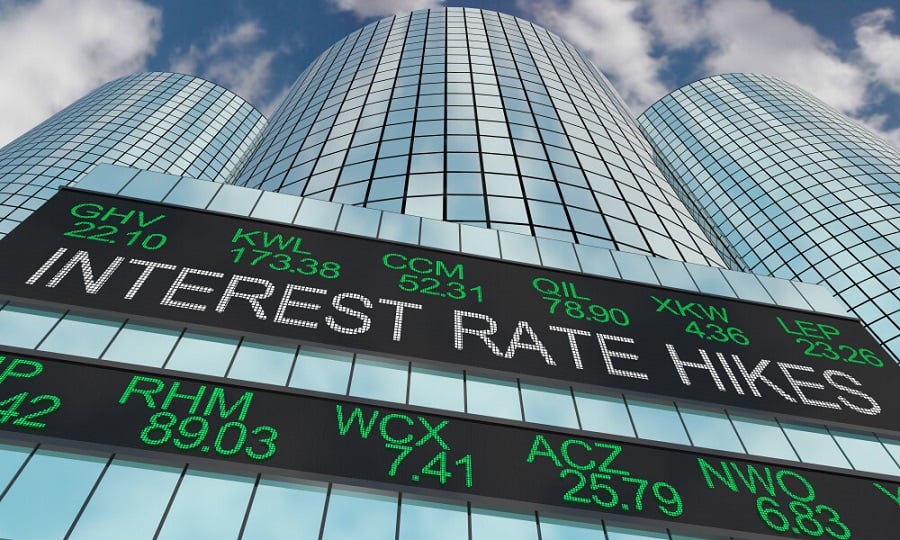It is true that all the meetings held by the Federal Open Market Committee (FOMC) of the Federal Reserve usually attract great interest, but the two-day meeting that begins on Tuesday will be a closely anticipated event, as it comes after dramatic developments that shook the banking sector in the United States, with its repercussions extending to Europe, eliminating the old Credit Suisse.
Over the course of two days, the Federal Reserve will discuss next steps and amount of interest rate hikes, at a time when its path has been fraught with danger recently after the closure of the “Silicon Valley” banks, “Signature Bank” and “Silvergate.”
Read: Flagstar bank to acquire Signature’s deposits in $2.5 bn deal
Before the Silicon Valley Bank crash and its aftermath, Fed policymakers were poised to raise interest rates by as much as 50 basis points, after a slew of data indicated the economy was much stronger than officials thought at the start of the year.
The Federal Reserve entered 2023 with a central goal in mind: combating the rapid inflation that has plagued American consumers since 2021. But over the past two weeks, that task has become exceedingly complex.
The latest Bureau of Labor Statistics data released on Tuesday indicates that core inflation rose in the United States in February at the highest pace in the past five months.
The consumer price index, which excludes fuel and food, increased by 0.5 percent, exceeding market expectations for a 0.4 percent increase. The index increased by 0.4 percent in January. In an annual reading, the index increased by 5.5 percent, according to the average market expectation, after recording a 5.6 percent increase in the previous month.
And while the issue has become between raising interest rates or preferring to suspend them after the rapidly evolving banking crisis, many economists expect the FED to raise interest rates by a quarter of a point, to just over 4.75 percent, on Wednesday, to continue the Federal Reserve’s battle against rapid increases in prices.
Ironically, a rate hike is good news. It indicates that the Fed may be less concerned about the banking crisis.
On Sunday, the Federal Reserve strengthened its program that keeps dollar funding flowing around the world, the second step in a week to shore up the financial system. It stopped unveiling, a week ago, an emergency lending program intended to serve as a relief valve for banks in need of liquidity.
Analysts say that Federal Reserve Chairman Jerome Powell and his colleagues must decide how to deal with bank turmoil when it comes to interest rate policy, and they must do so quickly.
In addition to announcing the interest rate decision this week, Fed officials will also release a set of quarterly economic forecasts that will indicate how high they expect borrowing costs to rise this year.
US central bankers were expecting to raise it to around 5% in 2023. Before the market volatility, they hinted that they might revise the expected peak higher in their new forecasts.
US media expect Powell to face questions about the central bank’s supervision of “Silicon Valley” and other troubled entities.
For more on the economy, click here.








